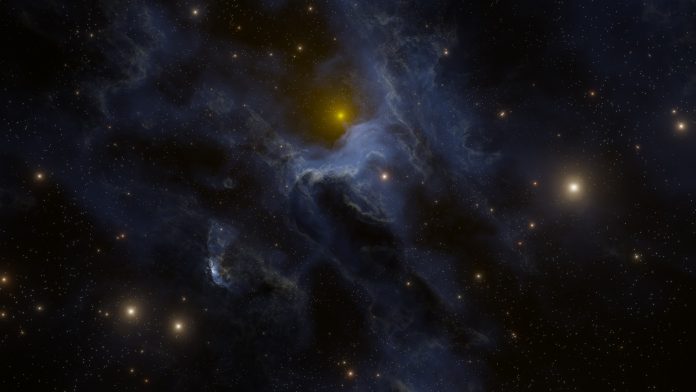Astronomers have made significant strides in understanding how planets like the ones in our solar system form by detecting planet-forming “pebbles” around two young stars
These tiny rocky particles were discovered orbiting DG Tau and HL Tau, two stars located approximately 450 light-years from Earth, providing a rare opportunity to understand the earliest stages of planetary formation.
Planetary seeds in action
The new observations show large reservoirs of solid material, or pebbles, in the wide discs of dust and gas that surround these young stars. These discs, known as protoplanetary discs, are the birthplaces of planets.
Over time, these tiny pebbles clump together, forming larger and larger bodies that eventually create planets like Earth, Jupiter, and other worlds in our solar system.
The importance of this discovery lies in the fact that these pebbles have been found at distances similar to Neptune’s orbit, which suggests that the entire planetary system could be forming right now in these distant stellar nurseries.
Understanding the missing link in planet formation
Although astronomers have always known that dusty discs often surround young stars and have discovered thousands of fully formed planets in other star systems, the in-between stage has always been much harder to observe.
Astronomers struggle with determining the size of the particles; smaller grains are easily visible using optical and infrared telescopes, but as the grains grow and clump into larger pebbles, their surface area decreases, making them harder to detect.
To solve this mystery, astronomers used MERLIN, which is a unique array of seven radio telescopes spread across the UK. This robust network is capable of detecting the radio signals emitted by centimetre-sized pebbles, which shine brightest at similar wavelengths.
A breakthrough using e-MERLIN
Using e-MERLIN, researchers captured a striking image of DG Tau’s disc showing centimetre-sized pebbles already present at long distances from the central star. A similar pattern of rocky seeds has also been observed around HL Tau. These findings suggest that planet formation begins much earlier and farther out than previously understood.
The project behind this breakthrough is known as PEBBLeS (Planet Earth Building-Blocks – a Legacy eMERLIN Survey), a large-scale effort to map and study the building blocks of future planetary systems.
The success of e-MERLIN will soon enable more powerful observations. The upcoming Square Kilometre Array (SKA) telescopes, currently under development in South Africa and Australia, will increase astronomers’ ability to study protoplanetary discs. With greater sensitivity and resolution, the SKA will be able to observe hundreds of developing planetary systems across our galaxy.
When science operations with the SKA-Mid telescope begin in 2031, researchers will be ready to build on the work started with e-MERLIN.











